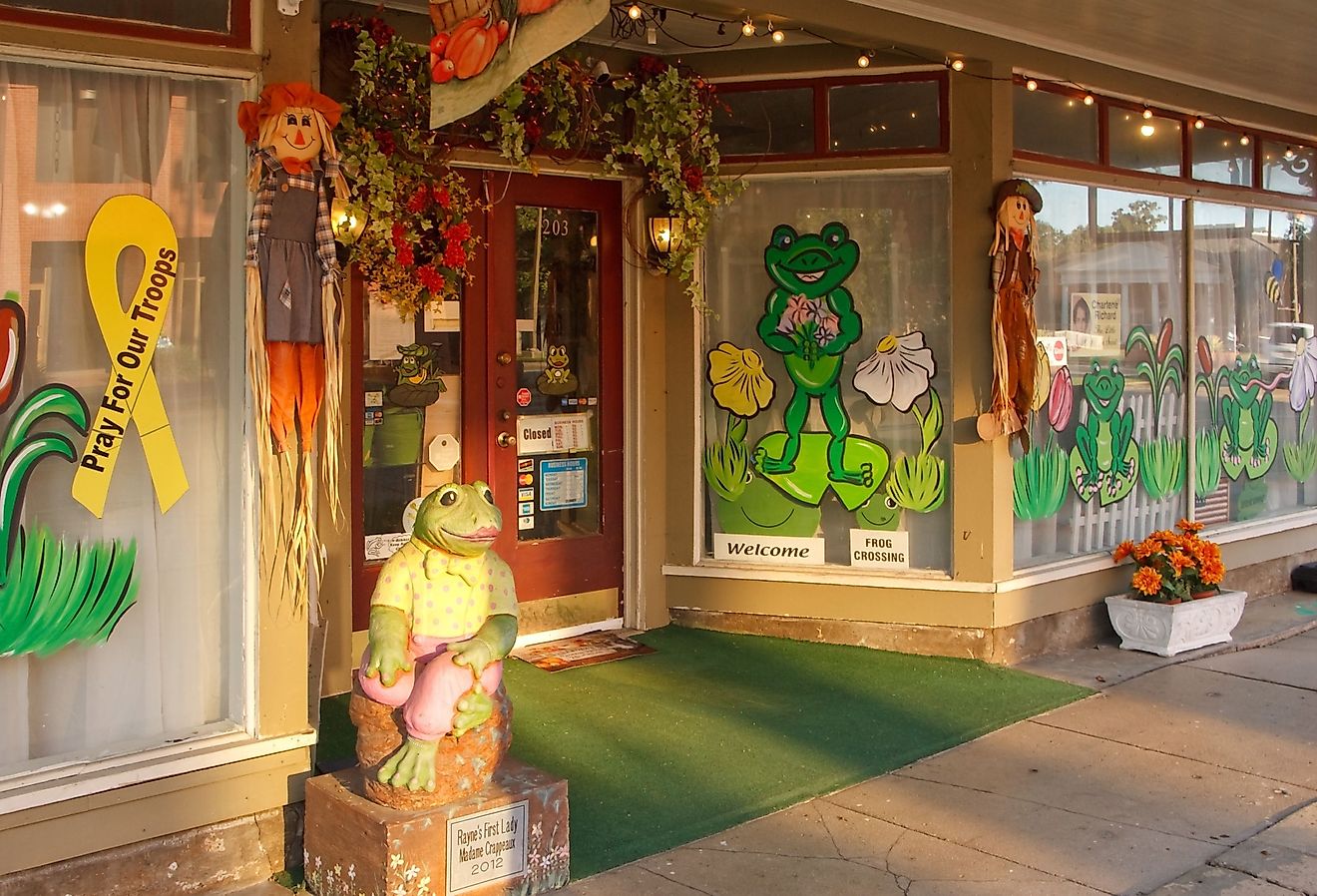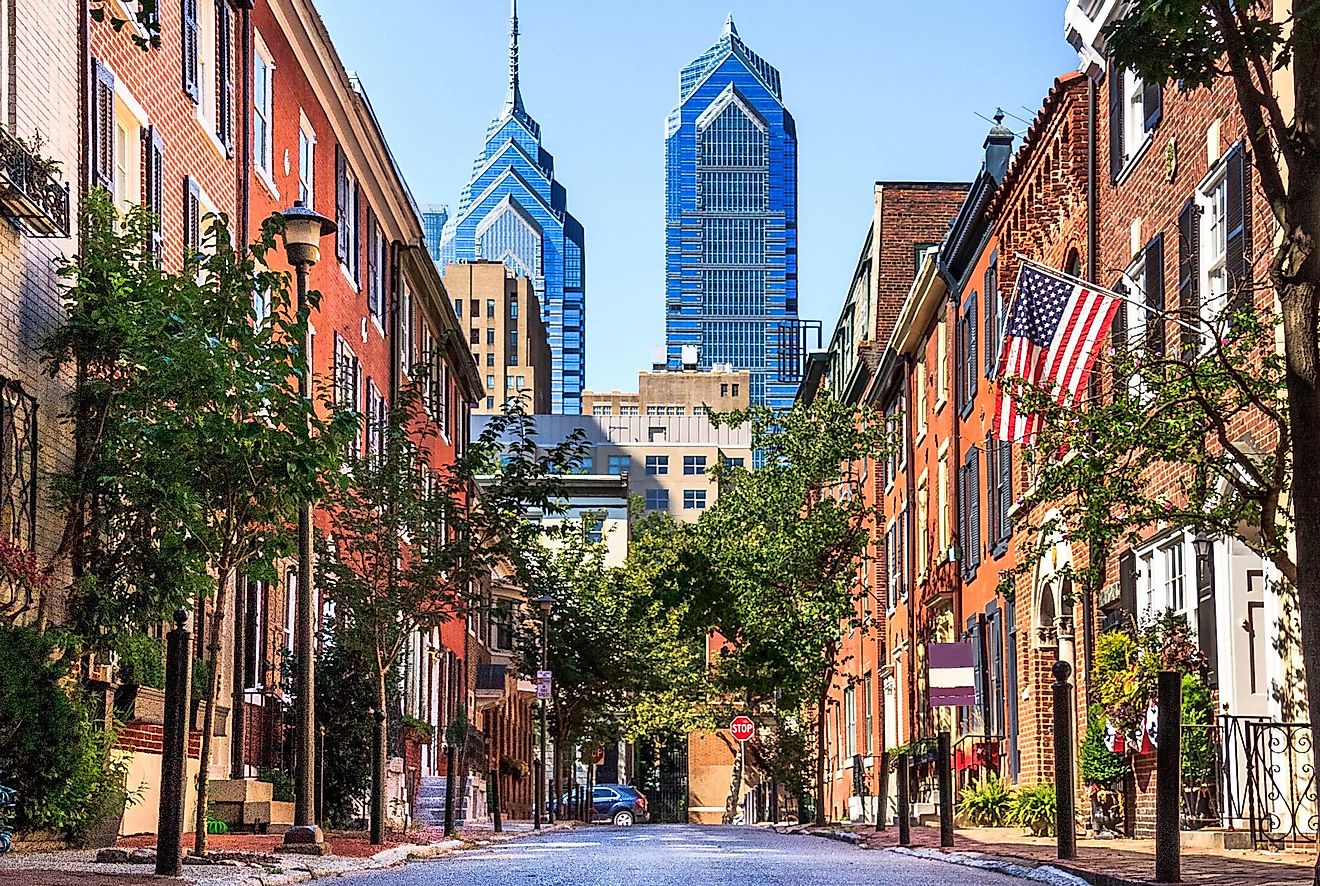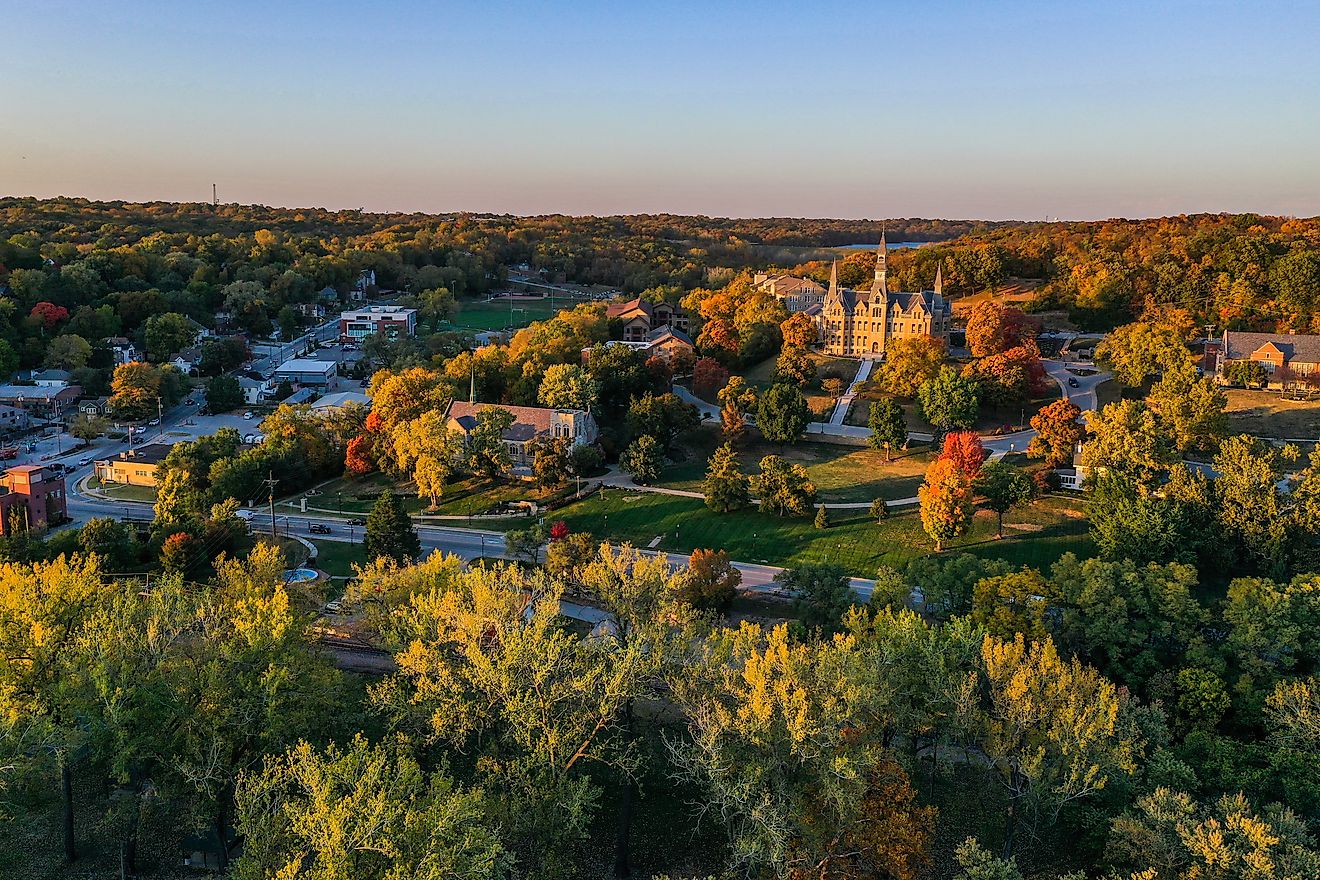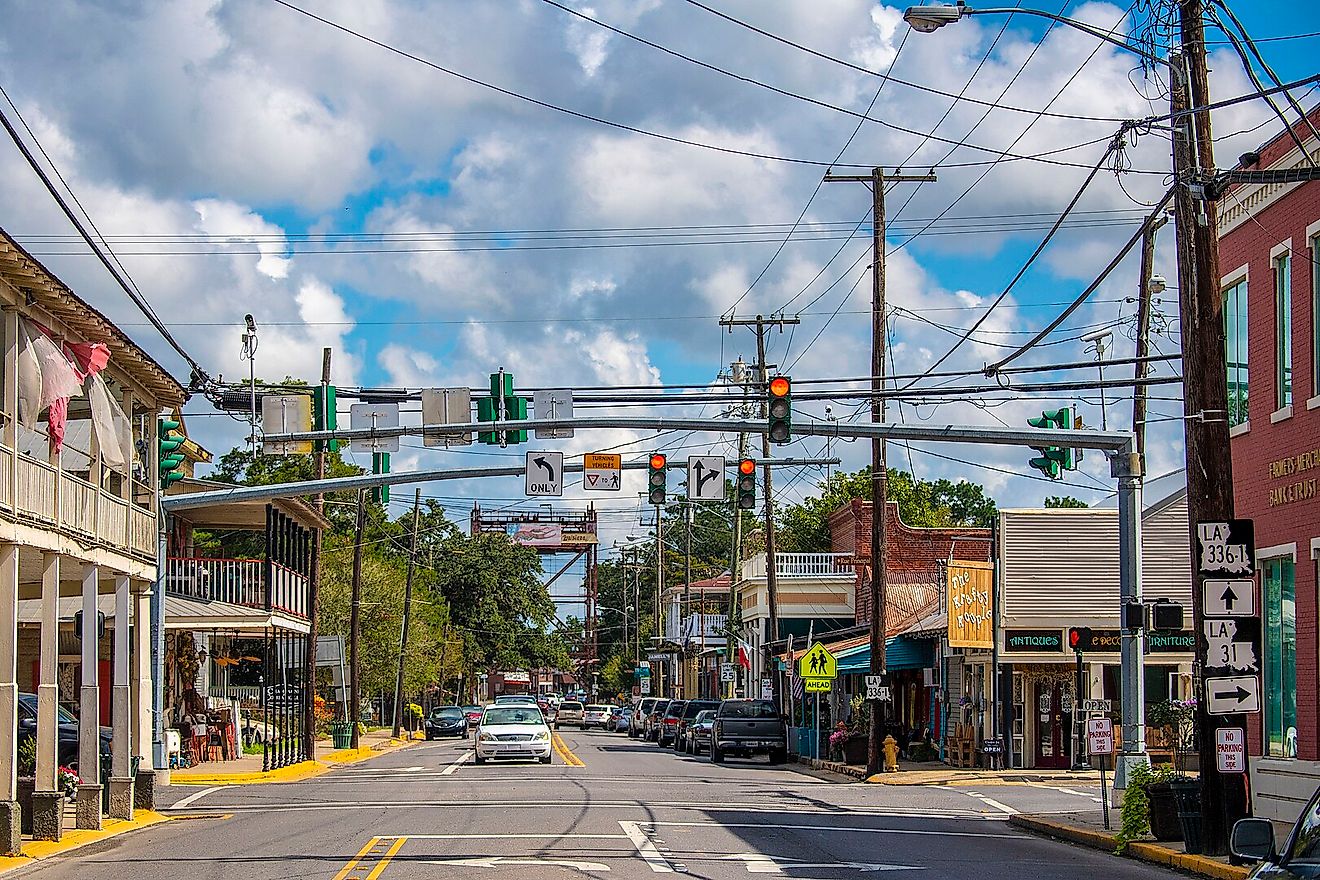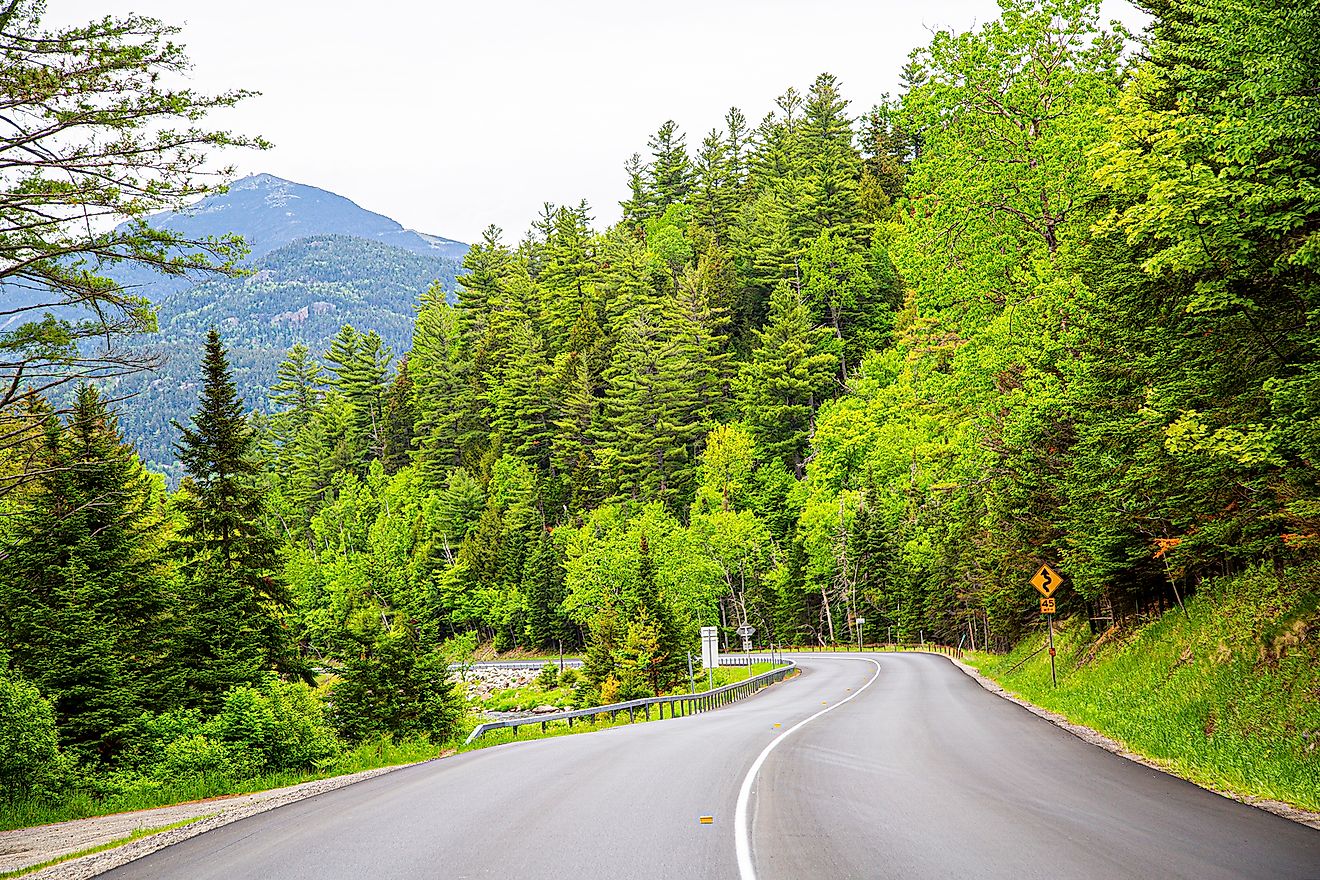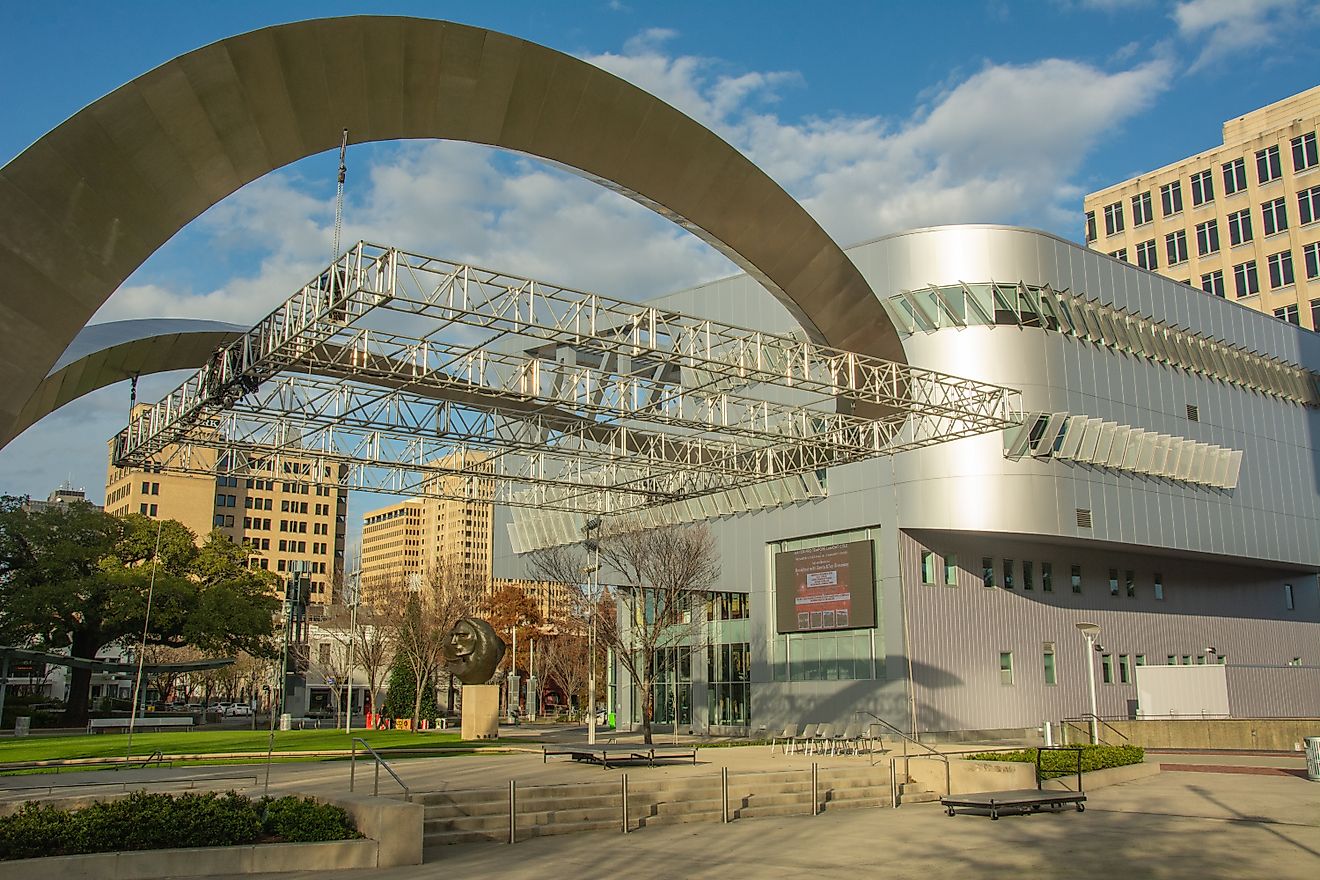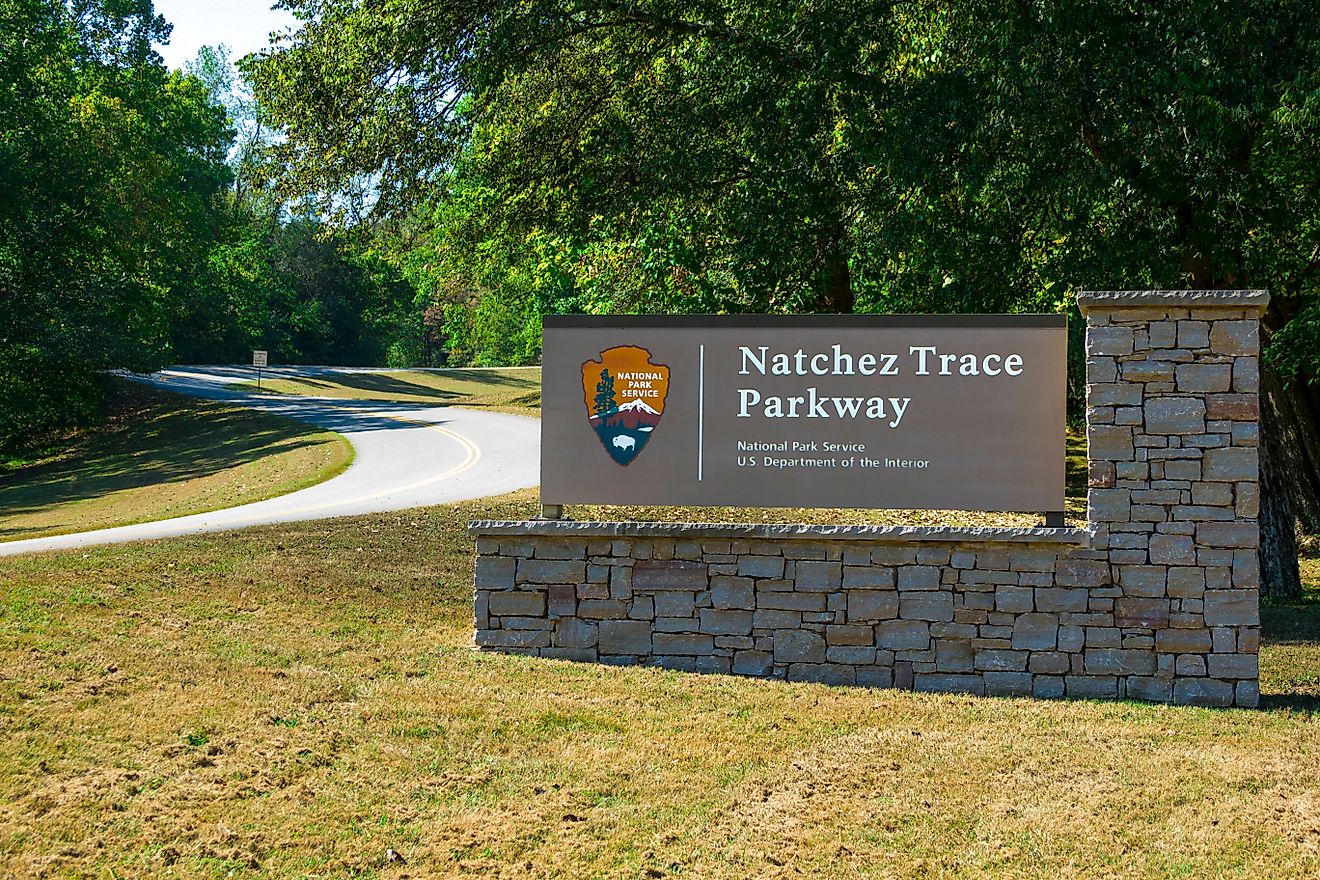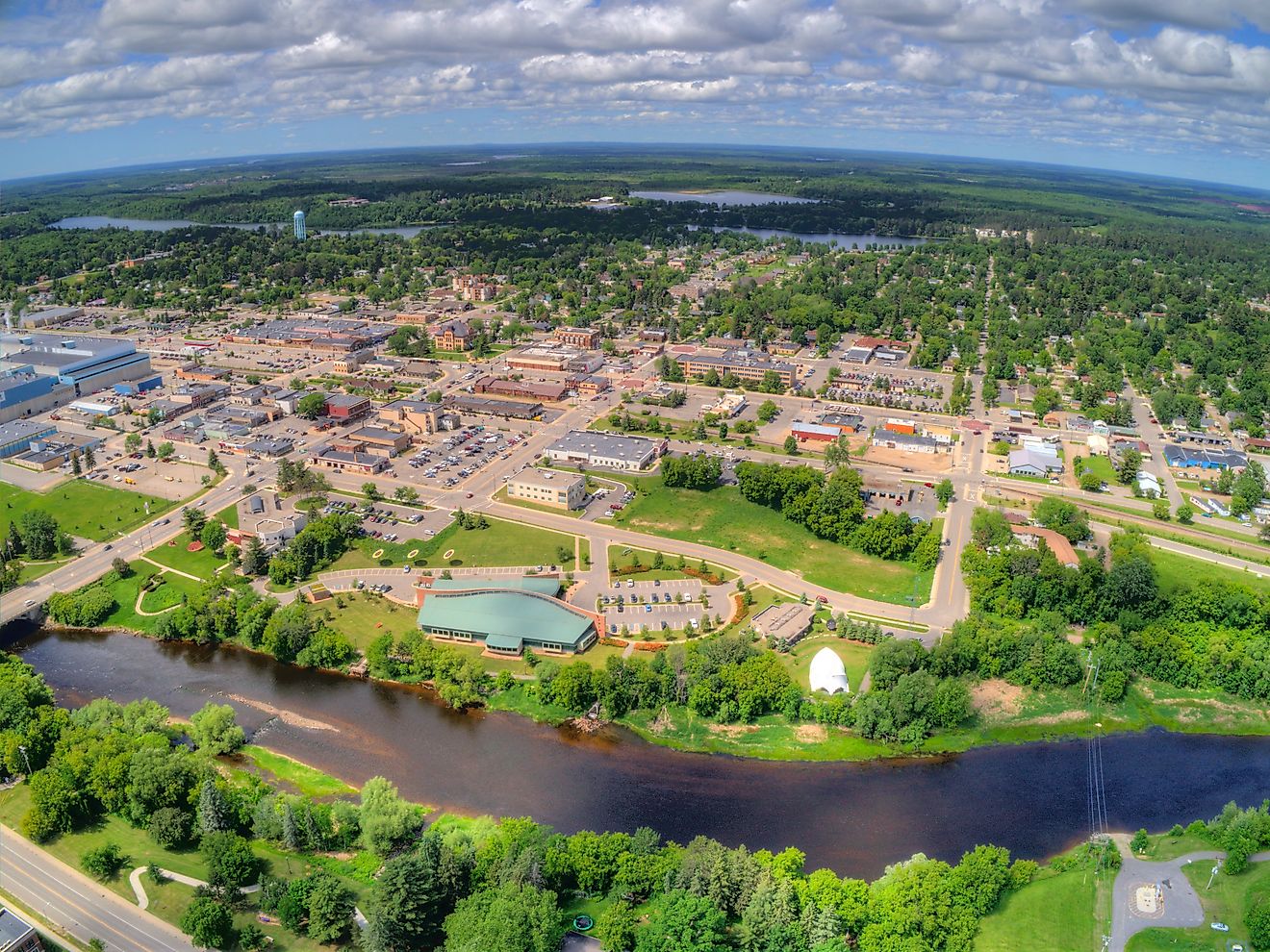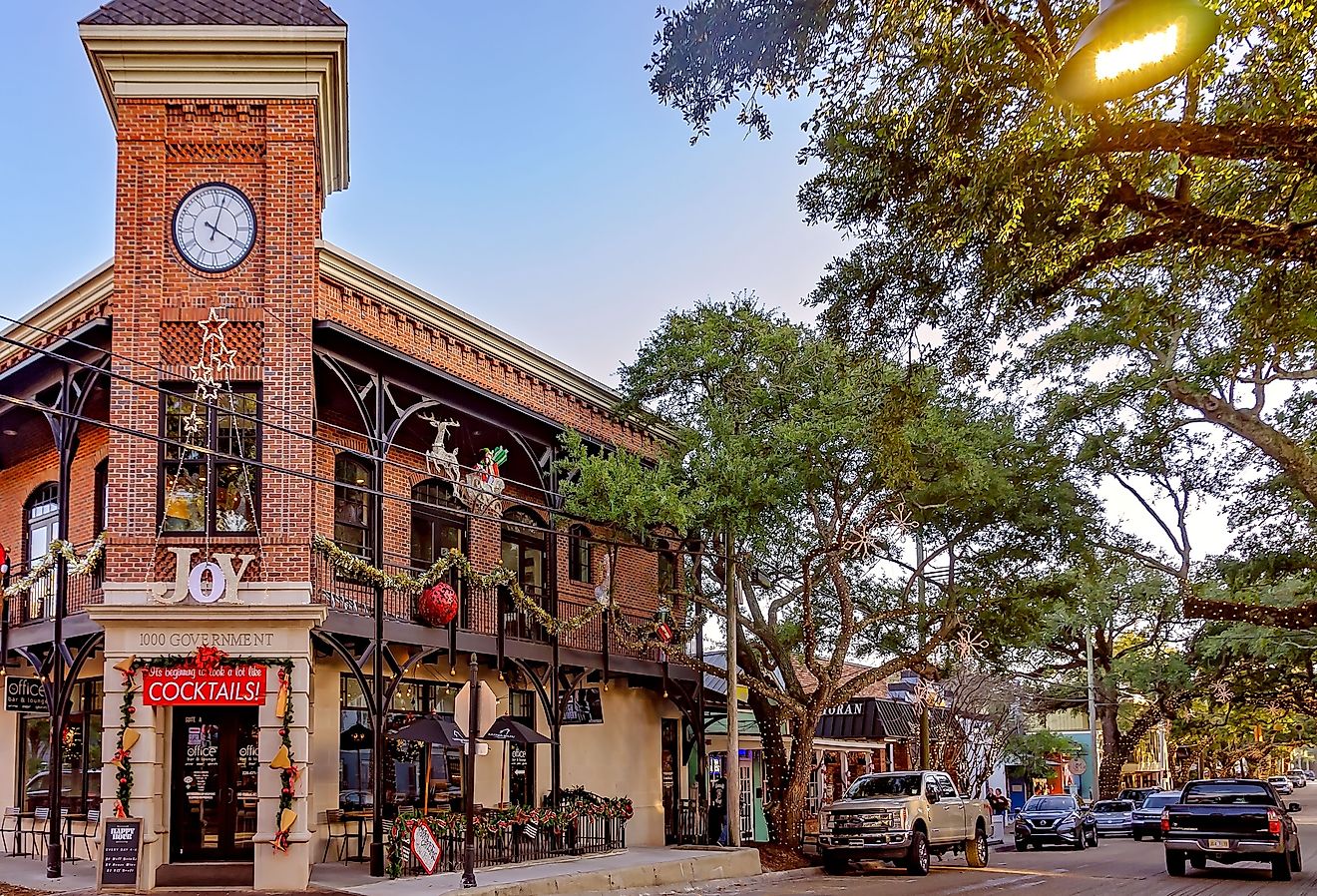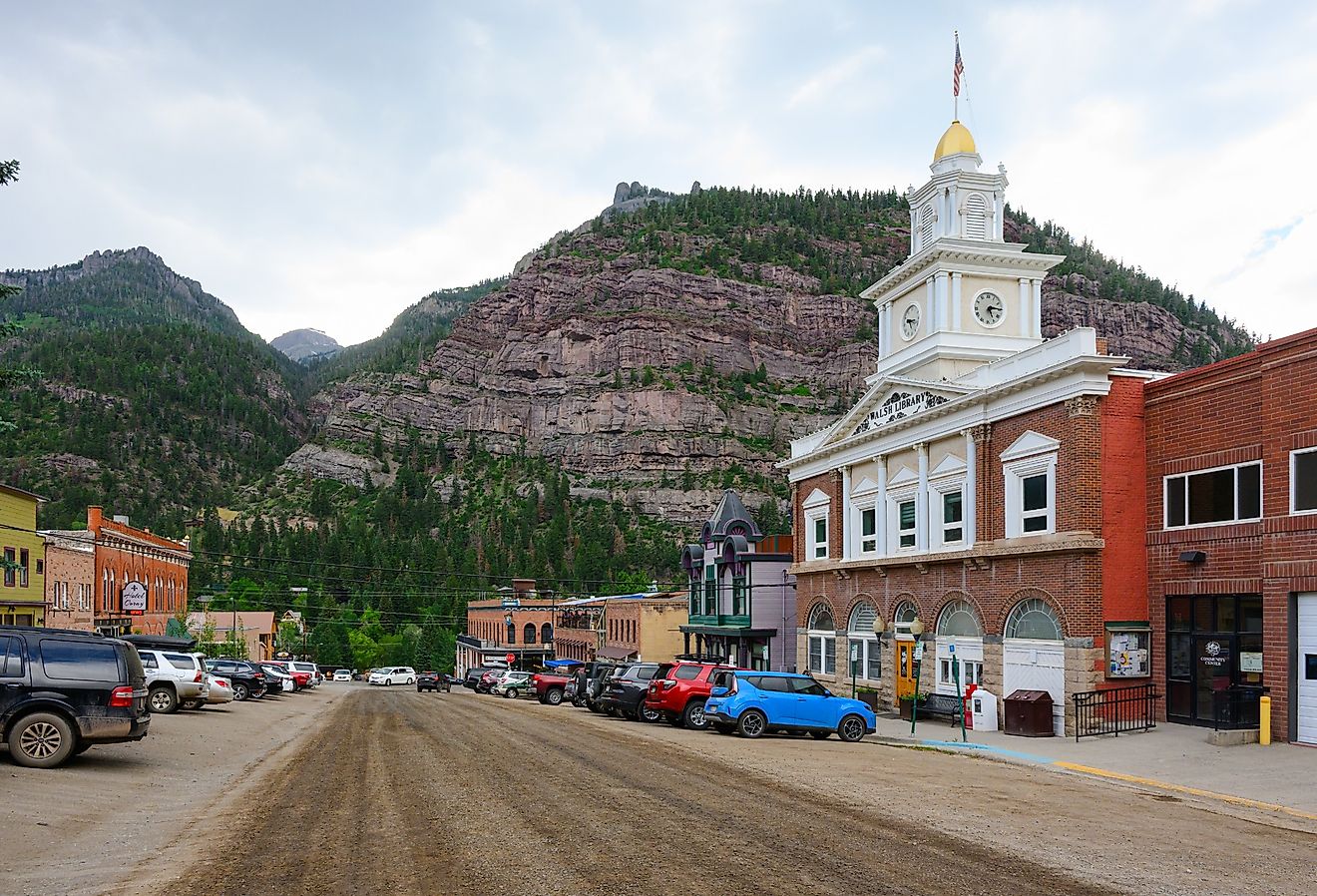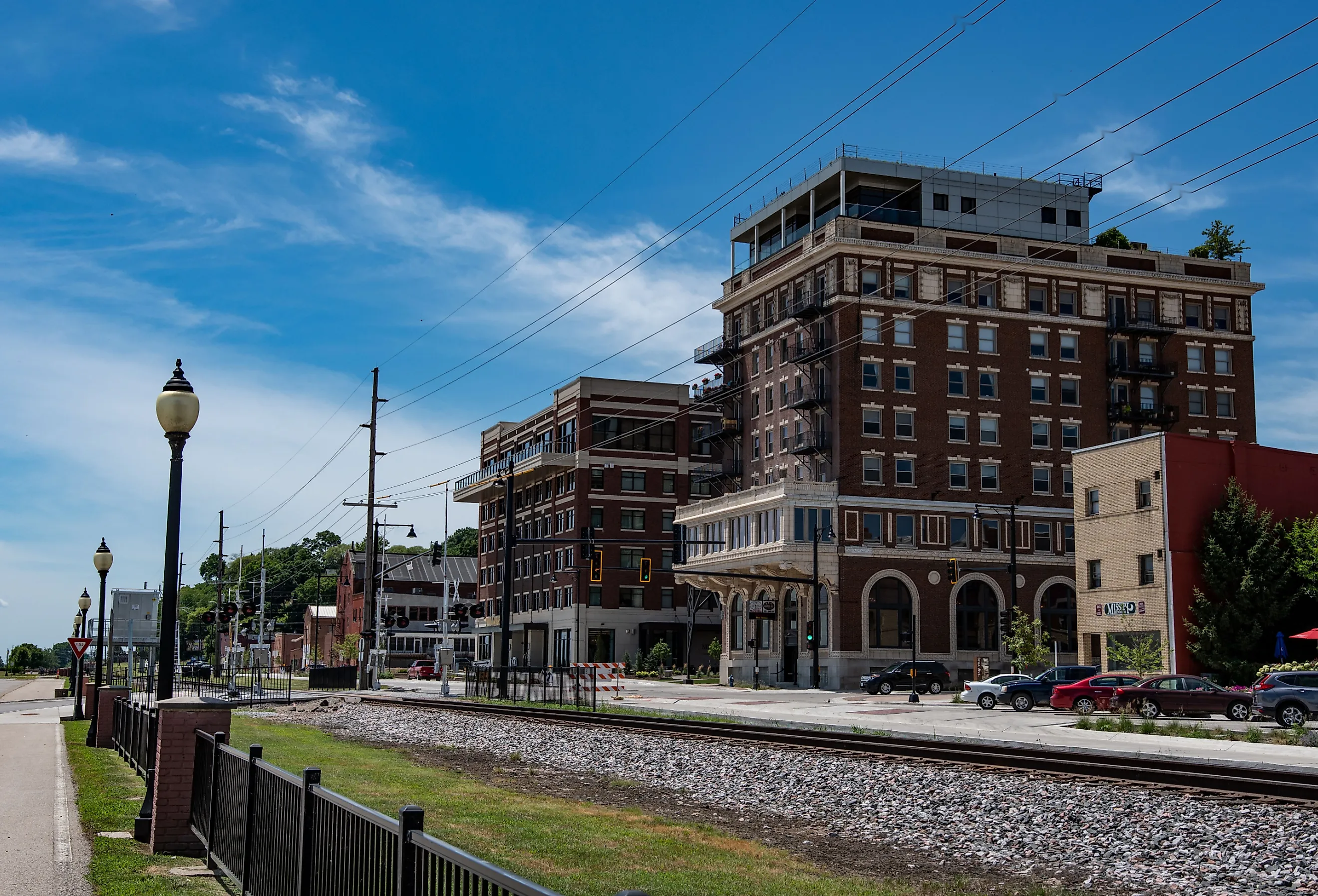
6 Must-See Historic Towns in Iowa
Iowa may not be the most well-known state in the US, but it has a storied history. It was first explored by the French in the 17th century, who claimed it as their own before losing it to Britain in the French and Indian War. From there, the fledgling US would gradually gain control of Iowa, with the first settlers moving in 1833, and Iowa officially became a state in 1846. Today, there are many historic places in the state that speak to its rich history of immigration and pioneer life. Uncover six must-see historic towns in Iowa.
Dubuque
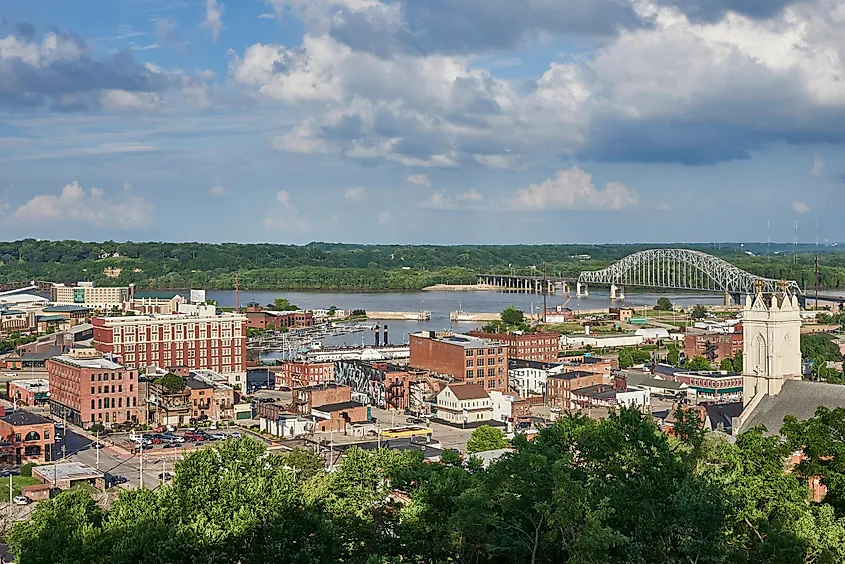
Dubuque was the first city founded in Iowa and gained its name from Julien Dubuque, a French trader who first made contact with the Mesquakie people in the area. Its current slogan is Masterpiece on the Mississippi due to its location right on the river, which attracted a great deal of immigrants over the years. Today, visitors can visit the Julien Dubuque Monument, marking his burial spot atop the limestone bluff at the Mines of Spain. The limestone in the area also hides a fossil site where you can find prehistoric cephalopods and sea creatures. For other historic sites, check out the 19th century Mathias Ham House Historic Site or learn about the area's history with lead production at the Shot Tower Historic Landmark.
Dubuque also hosts the 296-foot Fenelon Place Elevator, which offers a scenic view of the area. Nearby, in Dyersville, don't forget to visit the Basilica of St. Francis Xavier, a magnificent Gothic cathedral built in 1888.
Muscatine
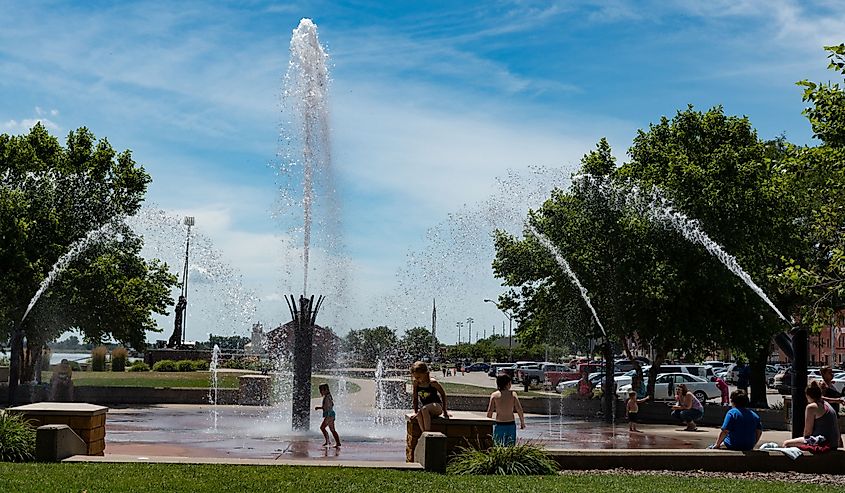
Much like Dubuque, Muscatine's history goes back a ways to 1833, when Colonel George Davenport sent three representatives to the area to establish a trading post. The area went through several name changes, first as Casey's Woodpile, then Bloomington and eventually Muscatine(to avoid confusion of other towns called Bloomington).
Today, the city has a wide variety of sites on the National Register of Historic Places to visit, such as the Alexander Clark House, Clark-Blackwell House, Greenwood Cemetery Chapel, and the Trinity Episcopal Church.
After a day of exploring historic sites, get away for a day of camping and hiking at the Wildcat Den State Park, which offers multiple trails, sandstone cliffs, and over 20 campsites.
Keokuk
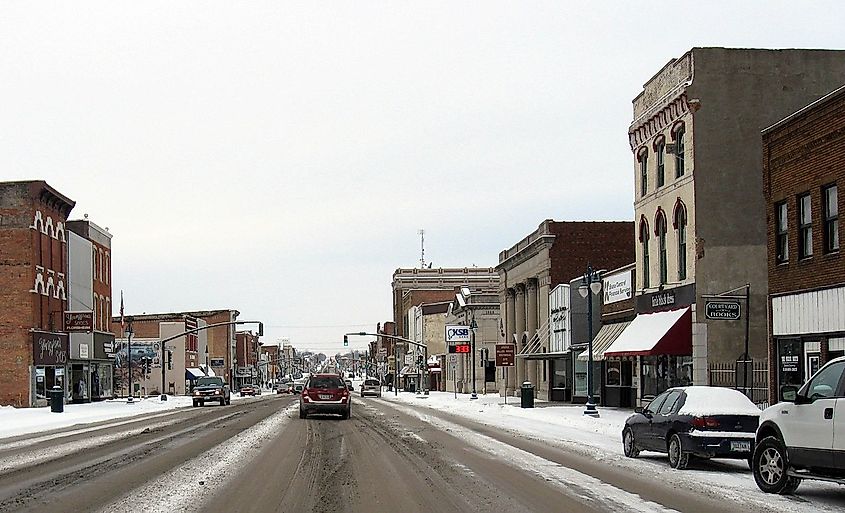
Keokuk gets its name from Chief Keokuk of the Sac and Fox Indians. The city has a complicated history as it was formerly owned by a mixed group consisting of people of Native American and European ancestry but was largely acquired by other settlers in the 1800s. The city was first incorporated in 1847 and became a major producer of electricity with the US Lock and Dam #19, with 1,200-foot-long locks.
Today, the region has chosen to remember its Native American past with a statue of Chief Keokuk, which marks his resting place after his remains were taken from Kansas back to his home in 1883.
Other sites include the former house of General Samuel R. Curtis, the first major general from Iowa to serve in the Civil War, as well as the Justice Samuel Freeman Miller House, where the Supreme Court justice appointed by Abraham Lincoln himself lived. Keokuk also hosts the George M Verity Riverboat Museum, where you can learn more about river transportation in the region.
Elkader
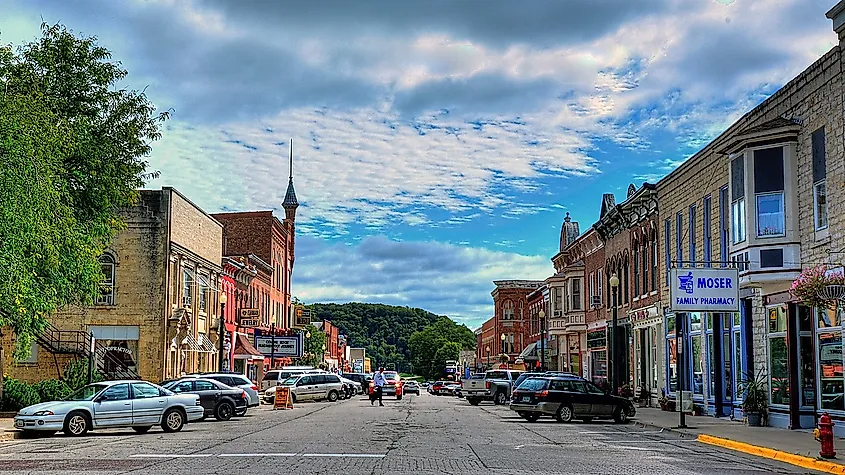
Elkader was founded in 1846 by Timothy Davis, John Thompson, and Chester Sage, who named it after a historical hero: Abd el-Kader, an Algerian freedom fighter who fought the French from 1830 to 1847.
Today, the town is flooded with historic sites to visit, such as the Elkader Opera House, first opened in 1903, this beautiful red brick building still holds events to this day.
Other places of interest include the Schmidt House, which was owned by Bavarian immigrants and included a brewery, and the Price House, which was owned by Rialto Price, who was responsible for bringing rail lines and the County Courthouse to the town. For those interested in rural history, check out the George Maier Rural Heritage Center, which hosts rural artifacts from 1890 to 1950.
Bellevue
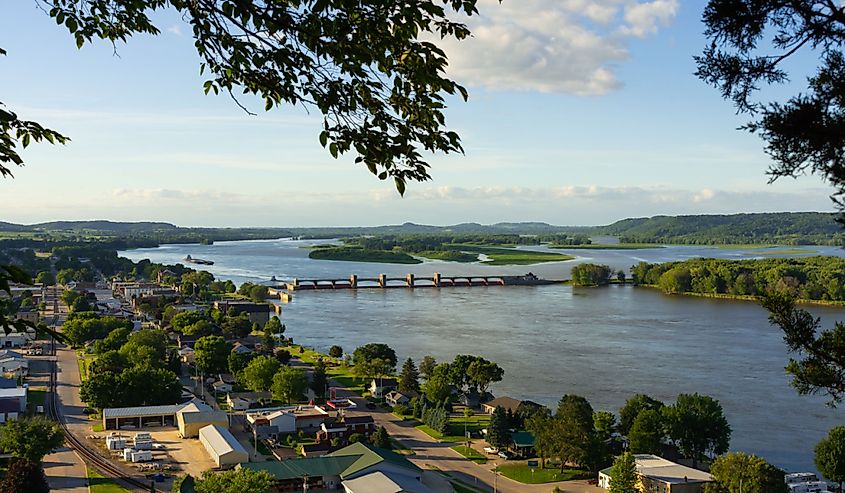
Bellevue has an intriguing and, at times, violent history. First founded by John D. Bell in 1835, it was given the French name for beautiful views. However, five years later it saw the Bellevue War of 1840. On the main street, a group of outlaws attempted to overturn the 1838 election and had a massive shootout with the sheriff, which left six men dead. Although this initially discouraged settlers, the population began to increase rapidly in the years following the shootout.
The town served as a port on the Mississippi River and today has a commercial historic district with buildings built in a variety of styles. Other historic buildings include the Bellevue Herald Building and the Big Mill Homestead. Also, consider visiting the William Dyas Barn, a rare limestone barn.
For hikers, Bellevue State Park is another great spot to visit, with its great trails and tall bluffs with views of the Mississippi River.
Decorah
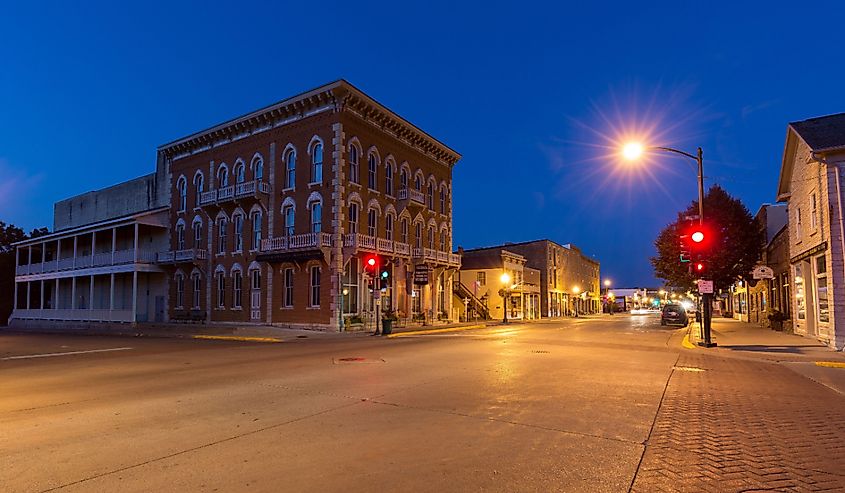
First settled in 1849 by the Day family, Decorah has a rich history as being a center for Norwegian immigration. Immigrants called it their Western home or Vesterheim in Norwegian and established Luther College in 1861.
The campus itself has a historic district with 34 buildings, along with sculptures and a Pioneer Memorial. Other historic sites include the Cooley-Whitney House, an 1867 abode built in a blend of Italian, classic, and Tuscan styles, and the Ellsworth-Porter House in the Italian Villa style with a rock wall made of polychromatic stone.
For lovers of geological sites, make sure to visit the Decorah Ice Cave, the largest glacier east of the Black Hills in North America.
As one of the first states founded during the United State's westward expansion, Iowa has a long and storied history, both with Native American tribes and immigrants from different ethnicities. Today, the state is filled with interesting historic places to visit that celebrate the state's architecture, famous generals, and leaders, both of the settlers and Native Americans. If you are a history buff and you are on a trip to the Midwest, consider adding these towns and cities to your itinerary.

